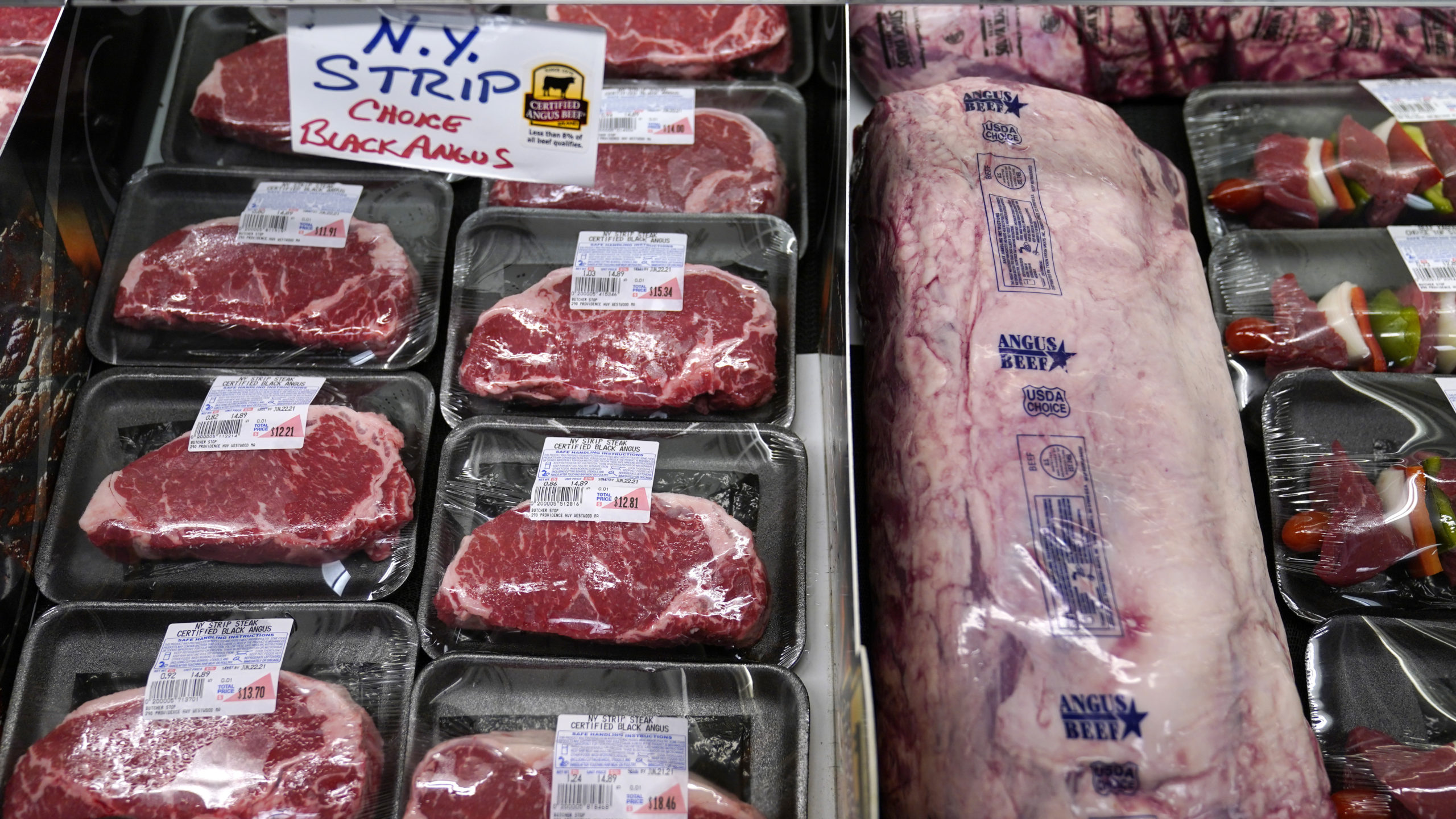Wholesale inflation in the United States shot up 10% last month from a year earlier — another sign that inflationary pressures remain intense at all levels of the economy.
The Labor Department said Tuesday that its producer price index — which tracks inflation before it hits consumers — rose 0.8% from January. The increases were in line with economists’ forecasts.
Wholesale energy prices were up 33.8% over the past year and food prices 13.7%.
The report did not include price changes after Feb. 15, missing a spike in energy prices when Russia invaded Ukraine nine days later.
Excluding volatile food and energy prices, wholesale inflation rose 0.2% from January and 8.4% from February 2021.
Last week, the government reported that surging gas, food and housing costs pushed consumer prices up 7.9% in February from a year earlier — the sharpest spike since 1982.
Inflation, dormant for four decades, re-emerged last year as the United States rebounded with unexpected speed from 2020′s short but devastating coronavirus recession. Caught off guard, companies scrambled to find supplies and workers to meet an unexpected surge in orders from customers flush with government relief checks. Factories, ports and freight yards came under strain. Shipments were delayed and prices began to rise.
Tensions over Ukraine have only pushed commodity prices higher.
“Inflation in the pipeline is showing few signs of decelerating in the near term, especially as the Russia-Ukraine war wreaks havoc in energy and other commodity markets,” economists Mahir Rasheed and Kathy Bostjancic of Oxford Economics wrote in a research note. “Higher input costs will keep producer prices frustratingly elevated … likely feeding higher consumer prices in the coming months.”
To combat rising prices, the Federal Reserve is set to hike interest rates several times this year, starting this week with a quarter-point rise in its benchmark short-term rate.

